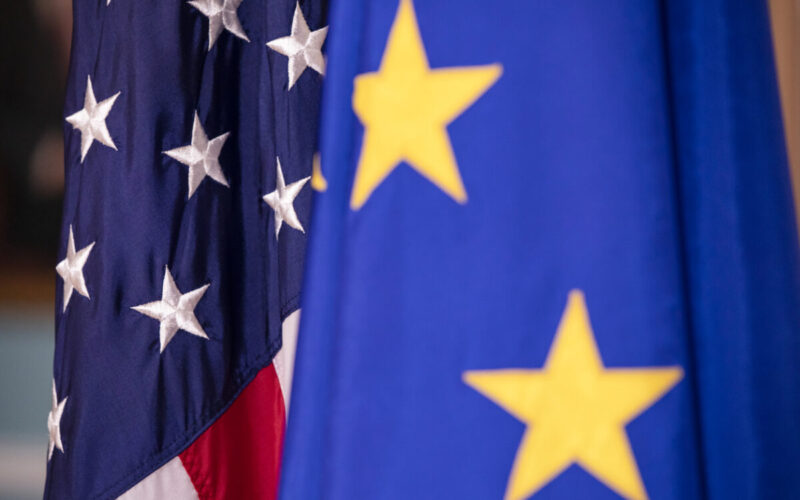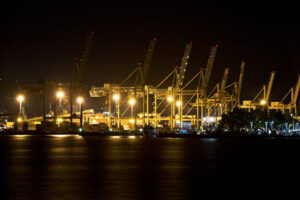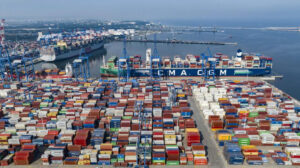The US and EU reached a trade agreement this past weekend, under which most EU goods will face a 15 per cent import tariff.
While this figure represents half of the rate threatened earlier this month, according to Reuters, it averts a bigger trade war between the US and EU, which are collectively responsible for almost a third of global trade.
Following months of negotiations, the agreement was sealed after an hour-long meeting between US President Trump and European Commission President Ursula von der Leyen.
“I think this is the biggest deal ever made”, Trump told reporters. He further attested that the deal would solidify trans-Atlantic ties after years of what he believed to be unfair treatment of US exporters.
The agreed tariff rate applies “across the board” according to Von der Leyen, who later informed reporters that it was “the best we could get”.
“We have a trade deal between the two largest economies in the world, and it’s a big deal. It’s a huge deal. It will bring stability. It will bring predictability,” she said.
READ: Asia–NAWC capacity returns to pre-tariff levels
For many in Europe, a baseline 15 per cent tariff may yet be seen as losing more ground than initially hoped, considering Europe’s target of securing a zero-for-zero tariff deal. Bernd Lange, the German Social Democrat leading the European Parliament’s trade committee, argued that the tariffs were one-sided and warned that the significant EU funds allocated for investment in the US could ultimately disadvantage the bloc.
Despite this, German Chancellor Friedrich Merz expressed approval of the agreement, noting that it helped avoid a trade dispute that could have seriously impacted Germany’s export-reliant economy, particularly its major automotive industry. German automakers such as Volkswagen, Mercedes-Benz, and BMW were among the most affected by the current 27.5 per cent US tariff on car and auto parts imports.
READ: Tariff uncertainty drives shifts in Transpacific capacity
Reuters reported that Trump retains the power to increase tariffs in the future should European countries fail to honour their investment commitments. Meanwhile, Von der Leyen has advocated for a quota system to replace the tariff.
The agreement is expected to be portrayed as a victory for Trump, who aims to reshape the global economic landscape and shrink long-standing US trade deficits. His administration has already secured similar preliminary agreements with countries like the UK, Japan, Indonesia, and Vietnam, though it has fallen short of its ambitious target of “90 deals in 90 days.”
Trump has claimed that his tariffs are generating “hundreds of billions of dollars” in revenue for the US, while brushing off economists’ concerns about potential inflation.
Earlier this month, President Donald Trump announced that the US would impose a 50 per cent tariff on all Brazilian imports.








